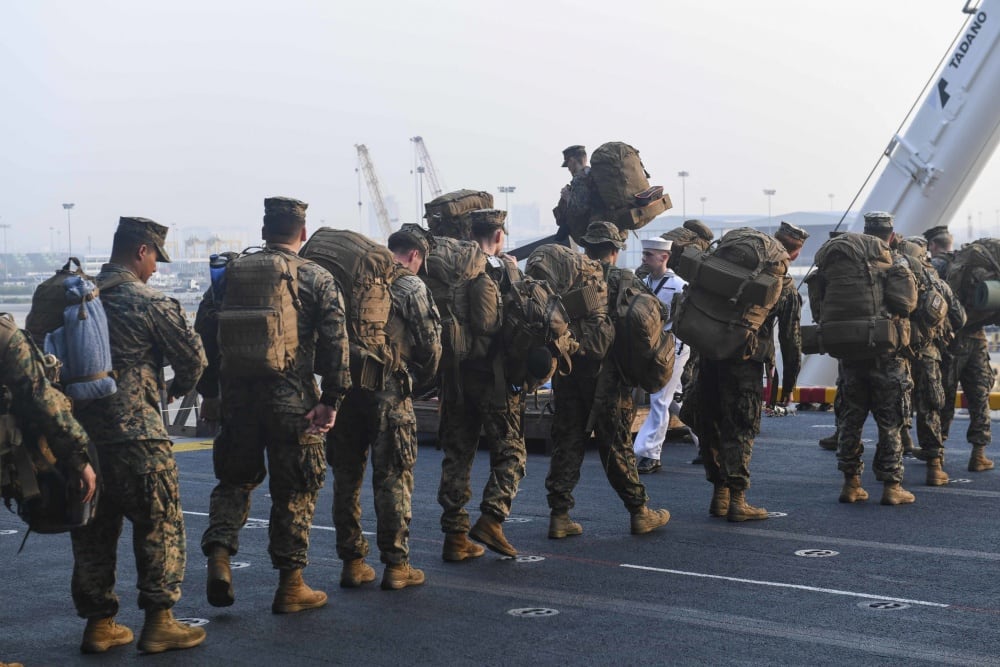WASHINGTON — The Senate Armed Services Committee’s version of the National Defense Authorization Act recommends increasing funding for the future long-range assault aircraft and to buy additional drones, according to a summary report released Thursday.
On the whole, the senators seem to have focused more on programs from the Air Force and Navy, largely leaving the Army untouched, per the summary. However, full language has yet to be released. The Army requested $178 billion for fiscal 2021, down slightly from its fiscal 2020 request of $182 billion.
The FLRAA program, which seeks a new long-range assault aircraft by 2030, is receiving $5 million more than was requested. It is the second year in a row Congress has increased funding for the program above what the Pentagon asked for, following a $76 million increase in FY20 to drive down technical risk and speed up delivery.
FLRAA is one of two key programs for modernizing Army aviation. The Bell V-280 Valor tilt rotor and the Sikorsky-Boeing SB-1 Defiant coaxial are both contending for the FLRAA contract. The competition for the program of record will begin in 2022, with a plan to field the first unit equipped in 2030.
RELATED

The Senate is also adding $165 million for the purchase of additional MQ-1 unmanned aircraft for the Army to “meet state requirements for unmanned fixed wing ISR.” Additional language requires the secretary of the Army “submit a plan to operationally deploy or forward station in an operational theater or theaters” two batteries of interim cruise missile defense capability.
On the cyber front, another $5 million is slated for Army operation and maintenance to “provide Cyber Mission Forces with more resources to access, operate, and train as required by increased operational demand.” Although not Army-specific, the NDAA language emphasizes the importance of the overall cyber posture, including an analysis of the Cyber Mission Force and an “evaluation of cyber reserve force options, which could provide capable surge capability and enable [the Department of Defense] to draw on cyber talent in the department sector.”
Overall recruitment targets for the service is set at 485,000, adjusted own slightly from what the Army predicted in its FY21 budget request.
Jen Judson in Washington contributed to this report.
Aaron Mehta was deputy editor and senior Pentagon correspondent for Defense News, covering policy, strategy and acquisition at the highest levels of the Defense Department and its international partners.







